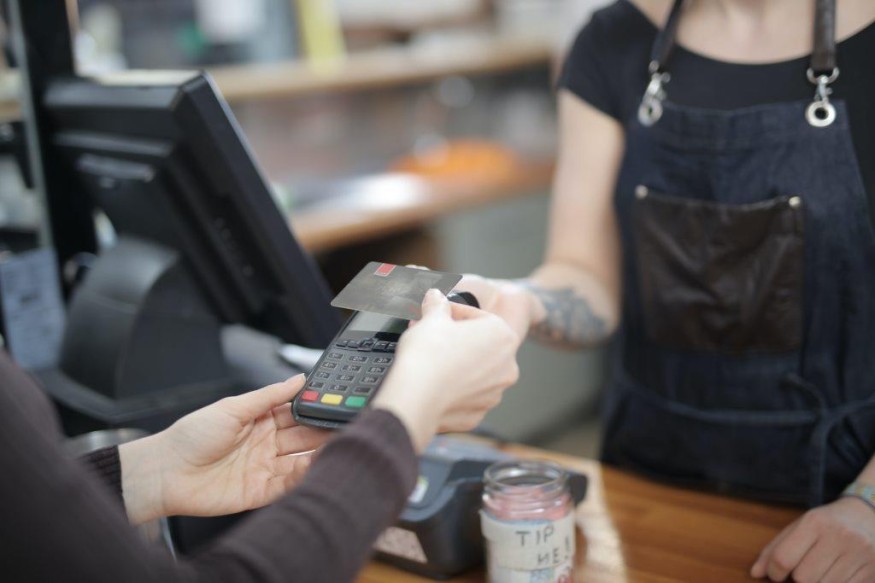Combating COVID-19 Without Health Insurance? Help Is On the Way

COVID-19 seems to have created a perfect storm for the roughly 27.5 million uninsured people of the United States.
These people tend to work in low-income service jobs from which they have a high risk of being exposed to COVID-19, but they don't have health insurance to cover the treatment should they get infected.
The U.S. is the lone industrialized country that does not have a universal health care system. Incidentally, the Trump administration, together with Congress, took an essential step towards the passage of the Family First Coronavirus Response Act, which offers free COVID-19 testing to uninsured workers.
According to the Act, particularly its Section 105, the National Disaster Medical System will repay the costs of COVID-19 diagnostic tests provided to people who do not have insurance.
But the test does not include anything else to cover the treatment's cost for those with the illness and need such a procedure. Those who are not insured are unduly possibly to live in poverty, said the US Census Bureau.
Mostly Hispanic, Asian, African-American or Mixed-Race
Most of the uninsured people of America are aged 16 to 64 years old, and roughly 60 percent are African-American, Hispanic, Asian, or mixed-race. Based on the report of Bureau, about one in every three uninsured workers comes from the service jobs, compared with about one in every five workers in the US in general.
Moreover, it has been reported by The Kaiser Family Foundation that the uninsured workers' largest categories include cashiers, restaurant cooks, and servers, drivers, retail salespersons, and hotel workers, among others.
With this, service jobs typically involve regular or frequent contact with many people, making it more possible that uninsured workers are likely to be exposed to those who have COVID-19.
Skipping the Necessary Medical Care
Even long before the occurrence of the COVID-19 pandemic, a study which the Federal Reserve conducted found that in 2018, 25 percent of the American adults were skipping the essential medical care as they could not afford the cost.
According to the Federal Reserve, roughly 40 percent of Americans that year were unable to cover an emergency cost of $400 with cash, credit card charge, or savings that they could pay off quickly.
It now makes sense, the same report presented, coming from a public health or an economic point of view for society to generate conditions that dishearten the workers from seeking COVID-19 treatment because they cannot afford to pay for it.
Meanwhile, in a report from Time on Friday, it indicated that Danni Askini, a woman of Massachusetts, was charged by a hospital there with over $34,000 for COVID-19 treatment.
She was said to be working "in-between jobs" and has secured an application for Medicaid for the retroactive coverage of her medical bills.
Based on the estimate of the Kaiser Family Foundation, the average cost of treatment for COVID-19, for an uninsured worker ranges between "$9,763 and $20,292." Insured workers, on the other hand, generally pay a deductible amount of $1,000 to $6,000.
Check these out:
Subscribe to Latin Post!
Sign up for our free newsletter for the Latest coverage!
© 2025 Latin Post. All rights reserved. Do not reproduce without permission.













